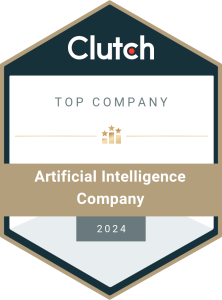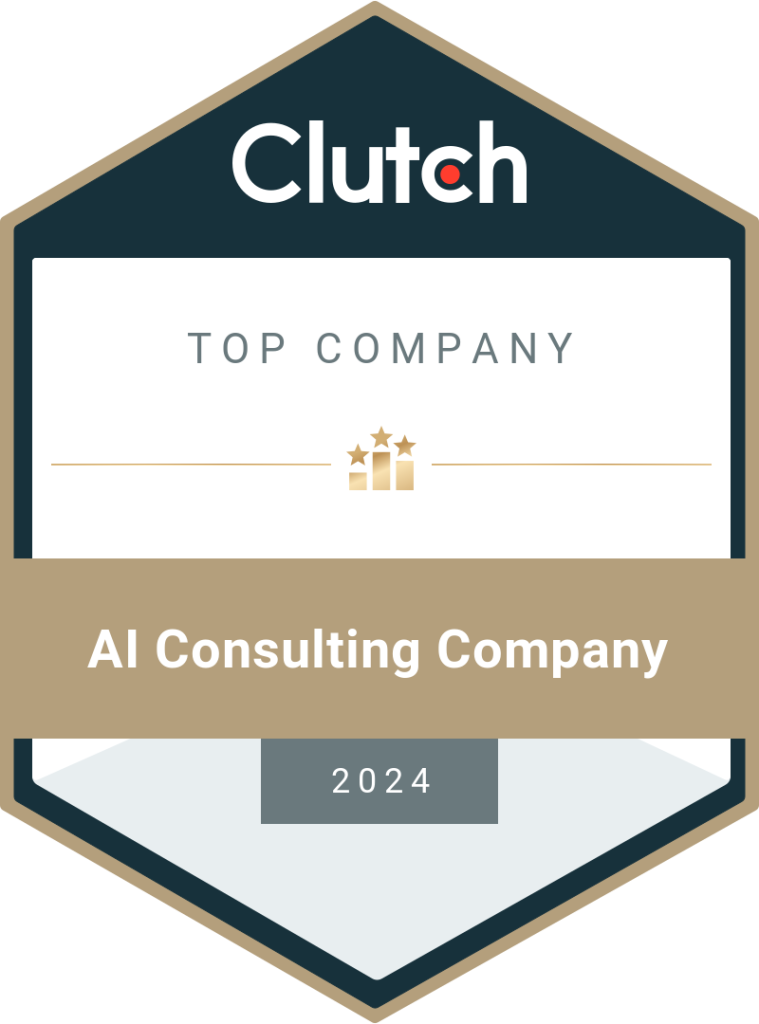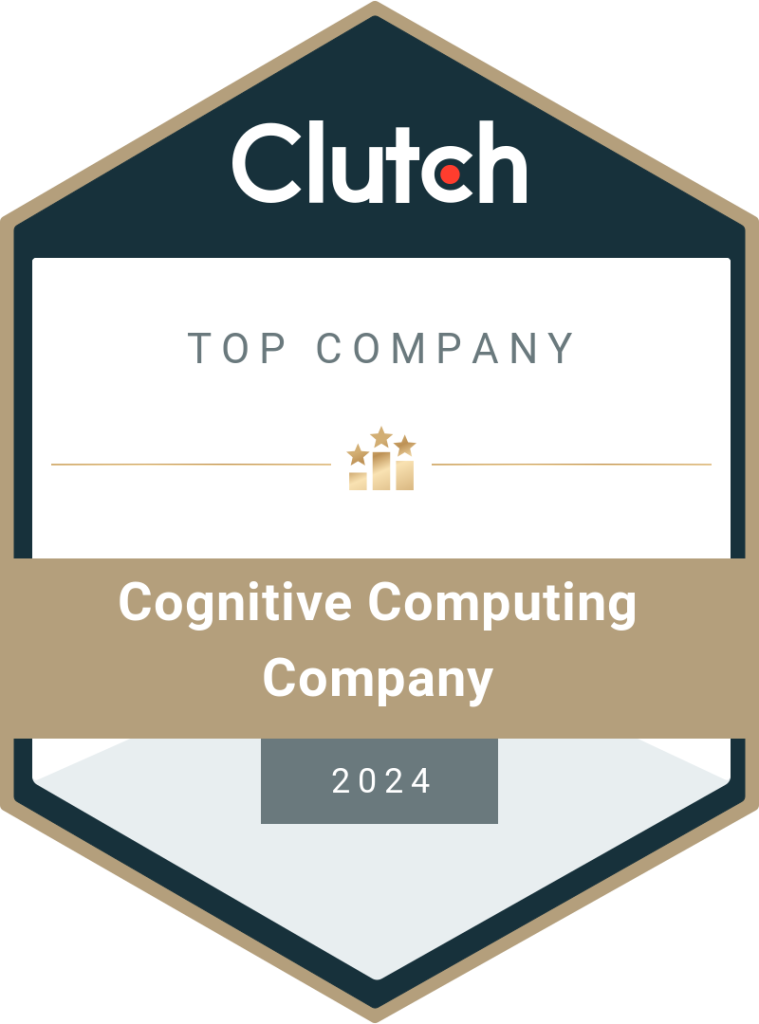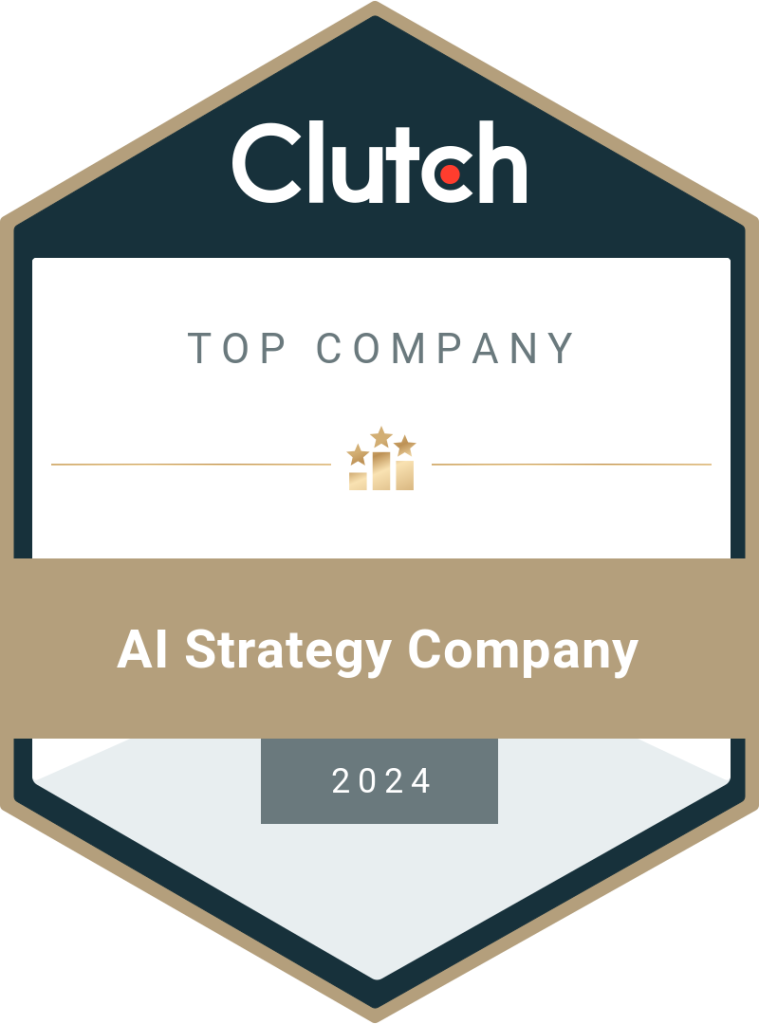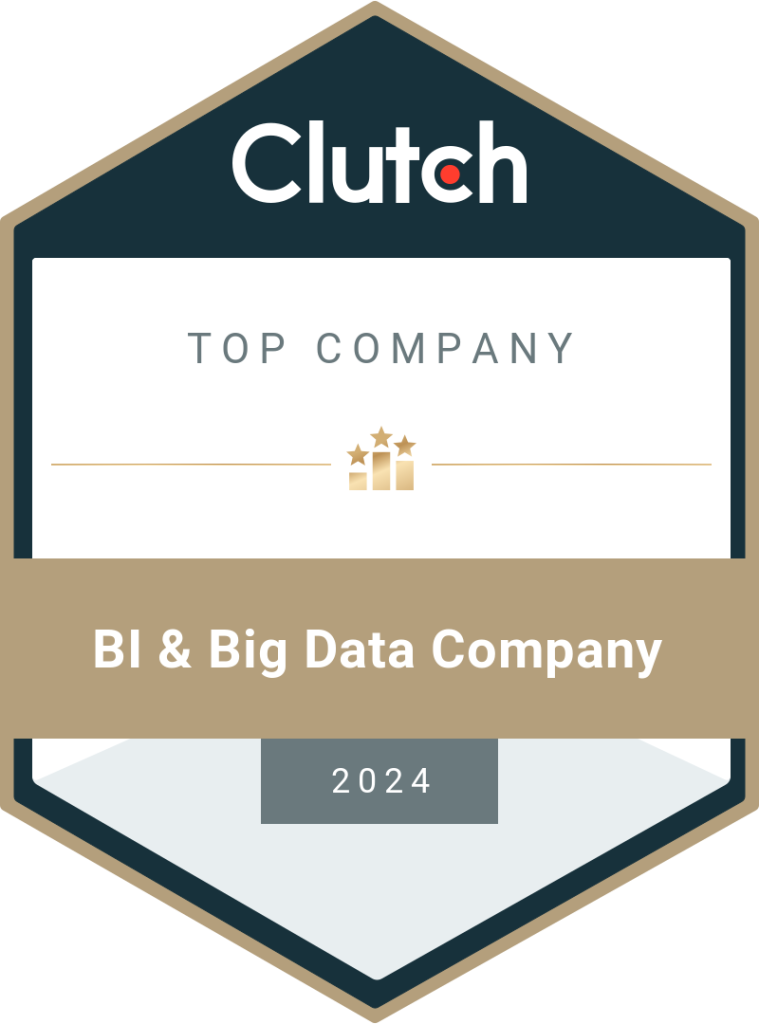10 Common Data Analytics Mistakes to Avoid
Data analytics is a critical part of business processes in today’s world. However, mistakes can be costly and lead to losses. Here, we’ll discuss the ways to avoid common mistakes in data analytics. Data analytics is a part of the global industry, helping countless businesses derive and use actionable insights to make business decisions. More organizations now rely on big data analytics to detect patterns and trends in large datasets and uncover information not visible to human eyes. Statistics show that the big data analytics market will touch $103 billion in 2023, and around 97.2% of businesses are investing in big data and AI. However, quite a few barriers affect the adoption of data analytics in enterprises. Limited access to data, lack of training, not investing in the correct tools, wrong metrics, etc., are common issues that lead to incorrect insights or errors. In this blog, we’ll discuss data analytics and the common mistakes you should avoid when running data analytics. We will also discuss the importance of hiring a data analytics company to help businesses avoid these mistakes and achieve the desired results. What is Data Analytics? Data analytics is the process of collecting, transforming, and organizing data to derive actionable insights for decision-making. Raw data is used to arrive at meaningful conclusions that help optimize business performance and increase overall efficiency. It is a continuous step-by-step process that can be automated using AI tools. Analyzing and reporting data with artificial intelligence tools makes it easy for employees to access the insights in real time. SMBs and large enterprises work with offshore data analytical service providers to integrate different systems and streamline data flow. Employees at various verticals can use intuitive dashboards to access data visualizations and make faster decisions. Types of Data Analytics Before investing in data analytics projects, you should know about the different types of analytics and how these help your business. As the name suggests, descriptive analytics describes data patterns and trends to help find more information and insights. Data mining and data aggregation are used in descriptive analytics to draw conclusions from vast datasets. Large datasets are mined using predictive models to forecast future outcomes for a business. It also uses descriptive analytics to define and understand the predictions. Historical and present data is processed to detect patterns that forecast future opportunities and risks. Diagnostic analytics describes the techniques used for processing data. It takes descriptive analytics one step ahead but identifies the reason for the results. Data mining, drill-down, and correlations are some techniques used for diagnostic analytics. Prescriptive analytics uses the above three types of data analytics and focuses on data monitoring to derive more actionable insights. It combines mathematics, science, descriptive models, and predictive models to provide the necessary analytics to the business. What are the Common Data Analytics Mistakes to Avoid? While the concept of data analytics looks simple, it is easy to make mistakes that affect your business in the short term and long term. That’s why several enterprises partner with data analytics consulting firms to use their expertise and experience to successfully avoid the mistakes others make. Here are the most common data analytical mistakes business organizations make and methods to avoid them effectively. 1. Sampling Bias and Cherry Picking Data Data is the core of data analytics, and choosing incorrect or wrong sample data can lead to distorted insights. For example, sampling bias is one of the primary mistakes many organizations make. Sampling bias is when you choose non-representative samples. If you want to know how people feel about your product, you should choose a sample with your customers and non-customers. If your sample includes only your loyal customer base, you will not know how others view your product and whether they are even aware of your brand. Similarly, cherry-picking is where you intentionally choose a sample that will align with your hypothesis. If a sales manager wants to prove that their campaign was successful, they might present only those reports that support their claim. In both instances, you will not be aware of the actual market condition. To avoid this, you should gather data from multiple internal and external sources. Get data from social media mentions, websites, emails, chats, surveys, customer feedback, etc., to include more representations in your sample and use it for analytics. 2. Wrong Sample Size or Market Here’s another vital question to consider when collecting data for analysis. Does the sample market align with your business industry? Businesses use large datasets to derive insights because a smaller sample size can lead to inaccurate conclusions. However, you should also focus on where your data comes from. Demographics are important when finalizing the data sources. For example, a business selling hearing aids should focus on people with hearing difficulties to get their views and feedback. The sample market is highly specific in this case. To avoid these mistakes, you should first define your business vision, mission, and goals. Be clear about what you offer so that you can identify your target market and proceed to list out data sources. 3. Not Standardizing Data Raw data comes in various formats, structures, and types. It is collected from different sources like the cloud, spreadsheets, SaaS applications, social media, etc. Some data can be in tabular format, while some could be in percentages, fractions, and more. You cannot directly run analytics using these datasets if you want accurate insights. Not setting up a definite ETL process is one of the administrative mistakes examples in data analytics. First, you should standardize the collected data. Establish ETL processes (Extract, Transform, and Load) to clean the data and format it uniformly. Label the datasets and add tags for easy categorization. Then, proceed to use analytical and business intelligence tools to derive insights. This also removes duplicate data and minimizes errors. 4. Vague Goals and Objectives What is the purpose of running data analytics? Each department in your business has different goals and objectives. For example, the sales team needs analytics to understand market preferences and customer behavior. The HR
Read More